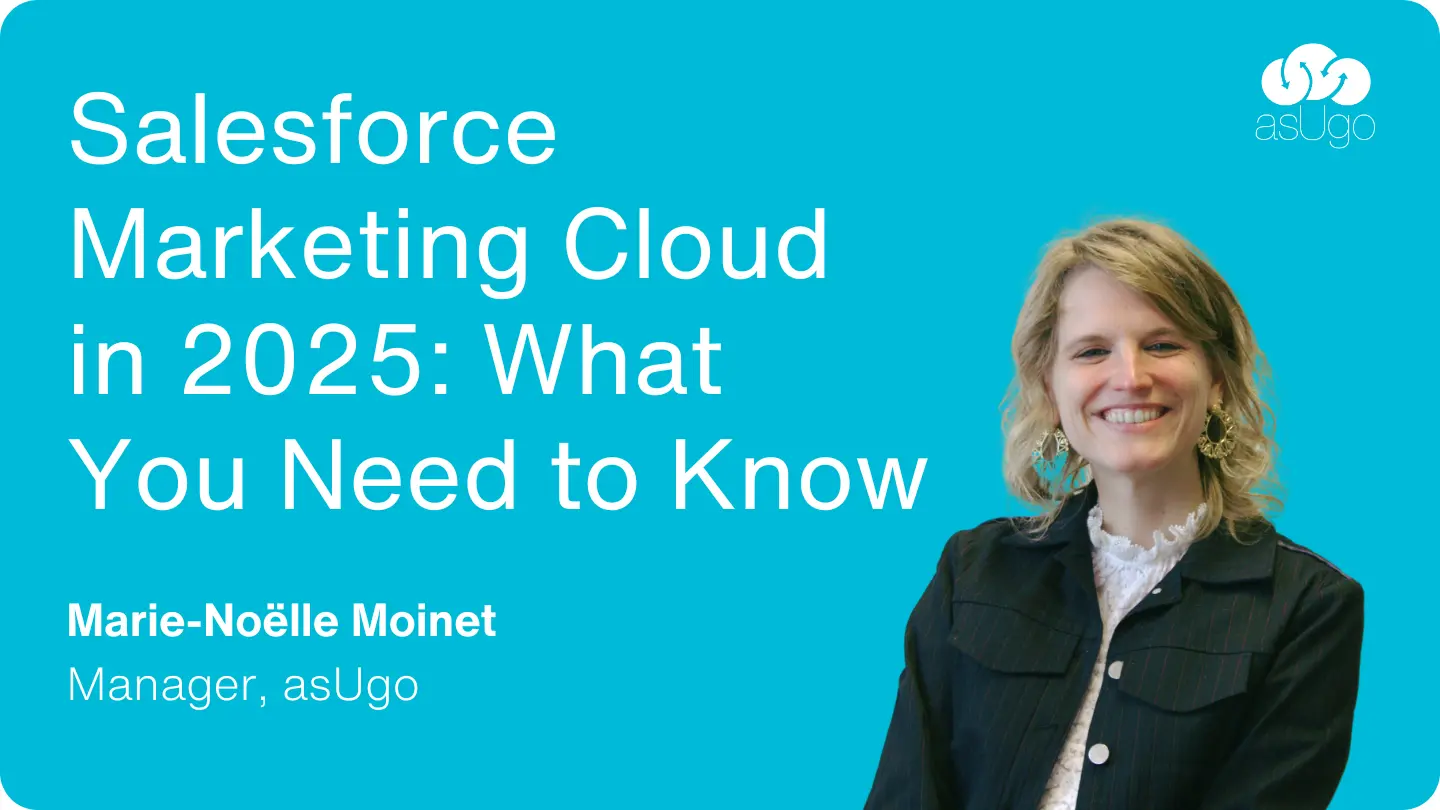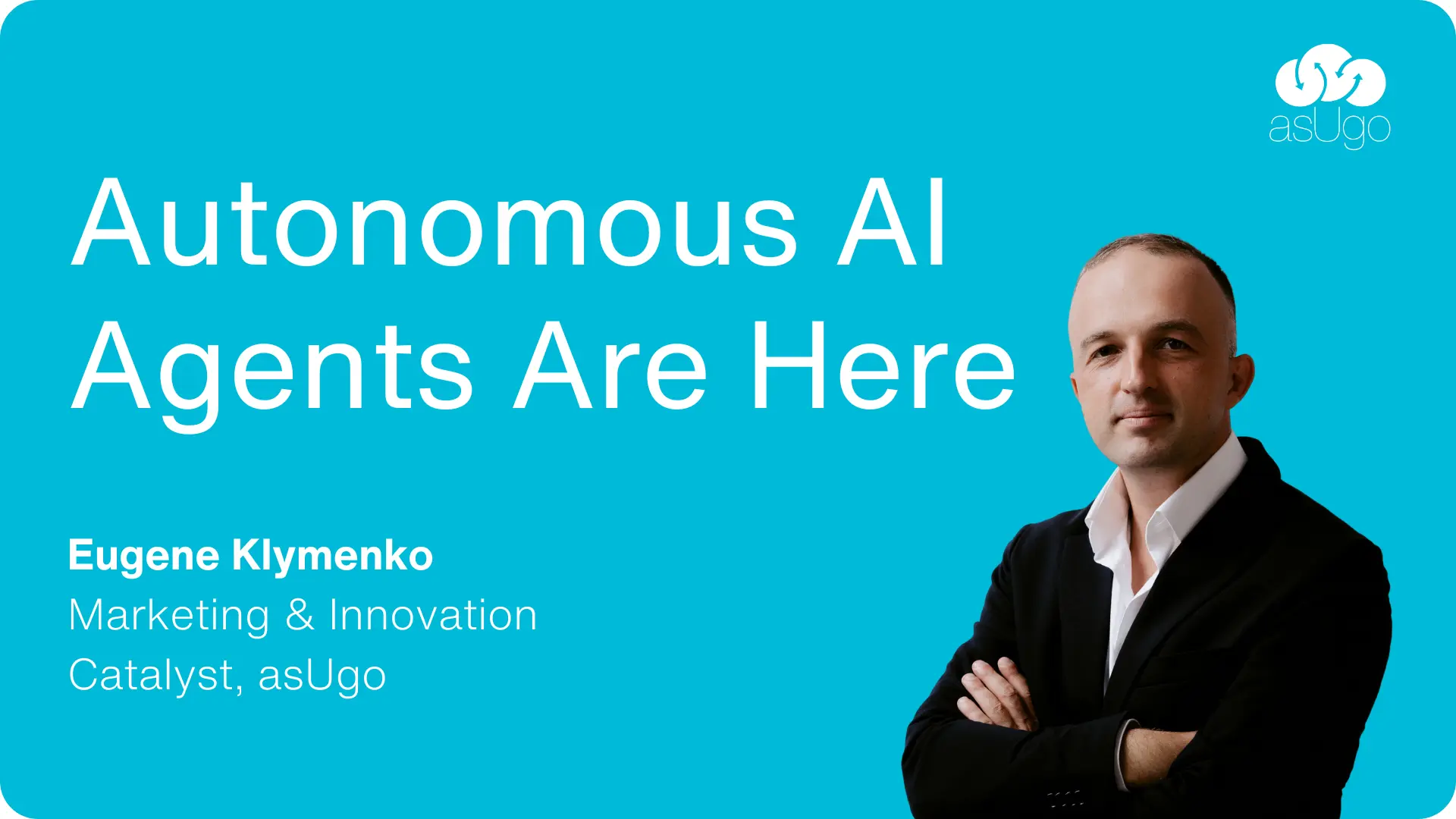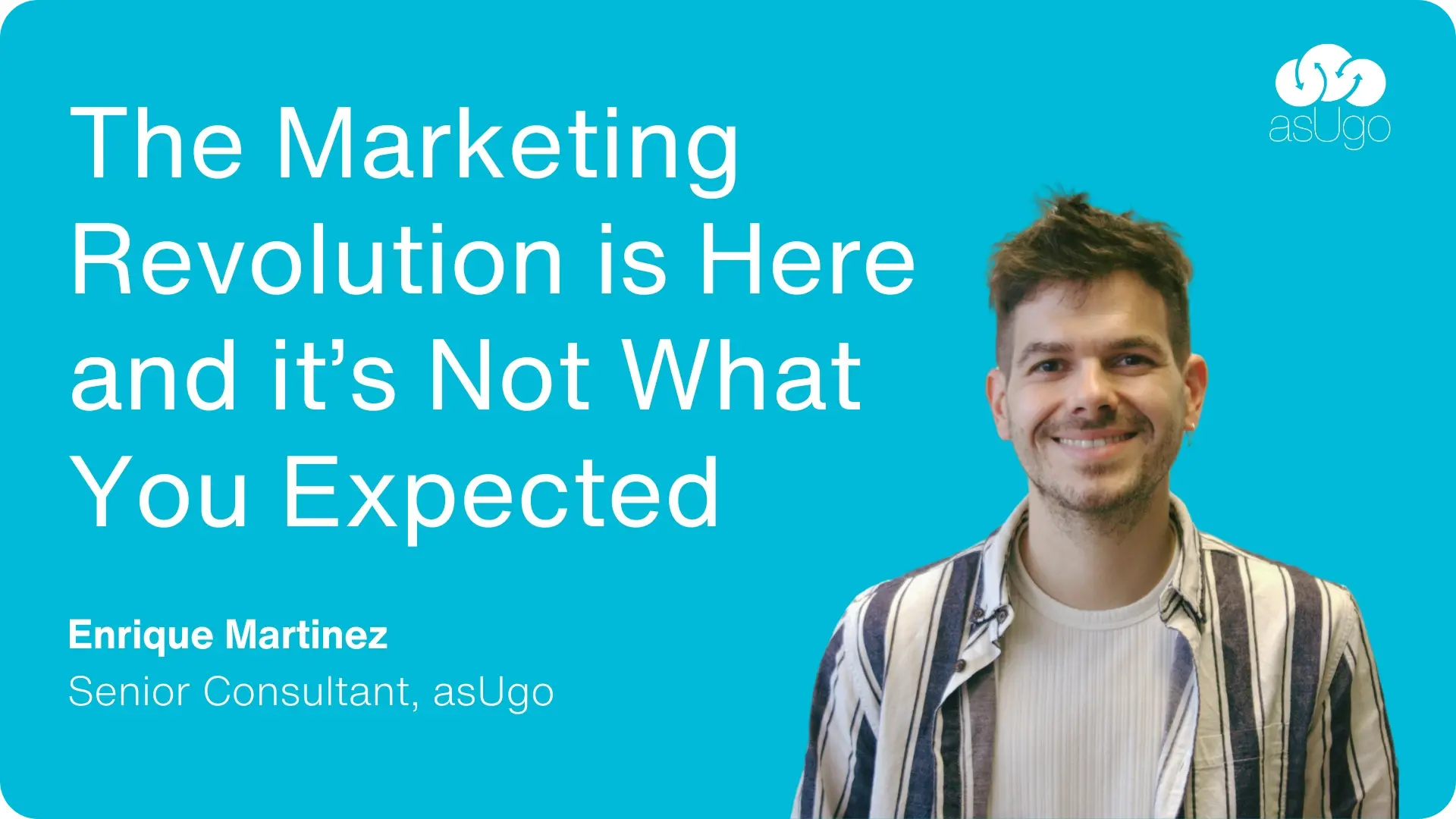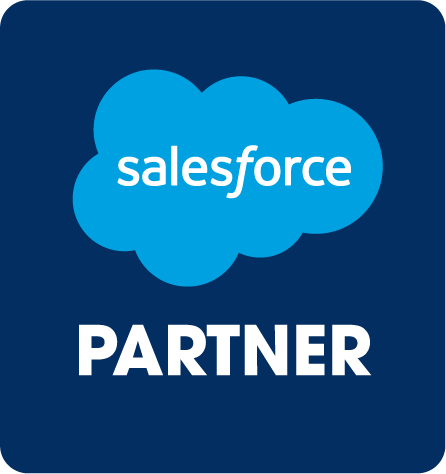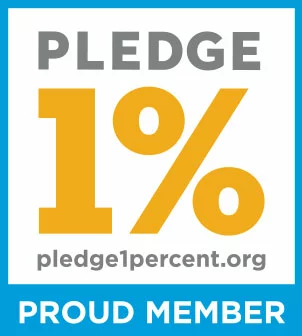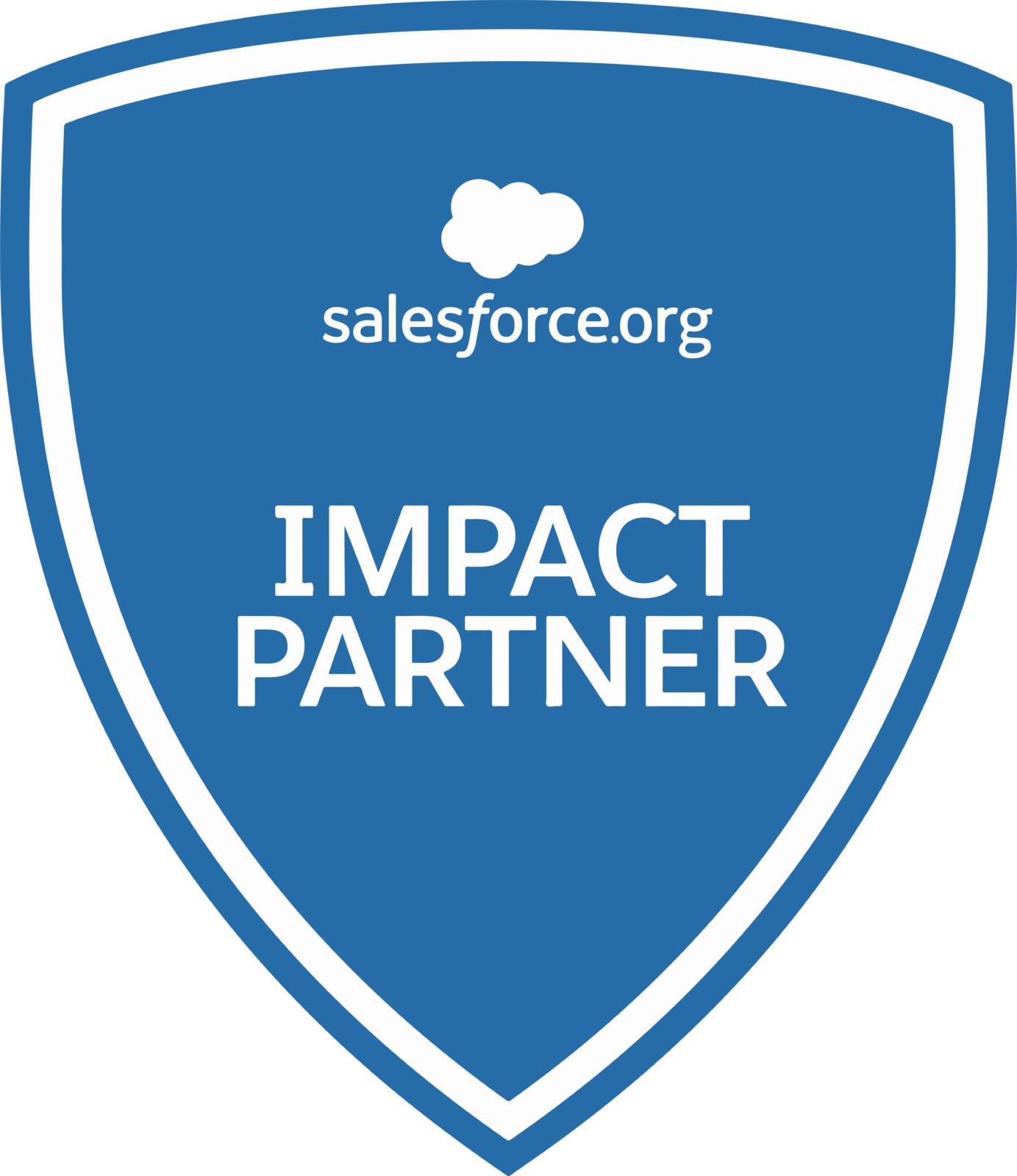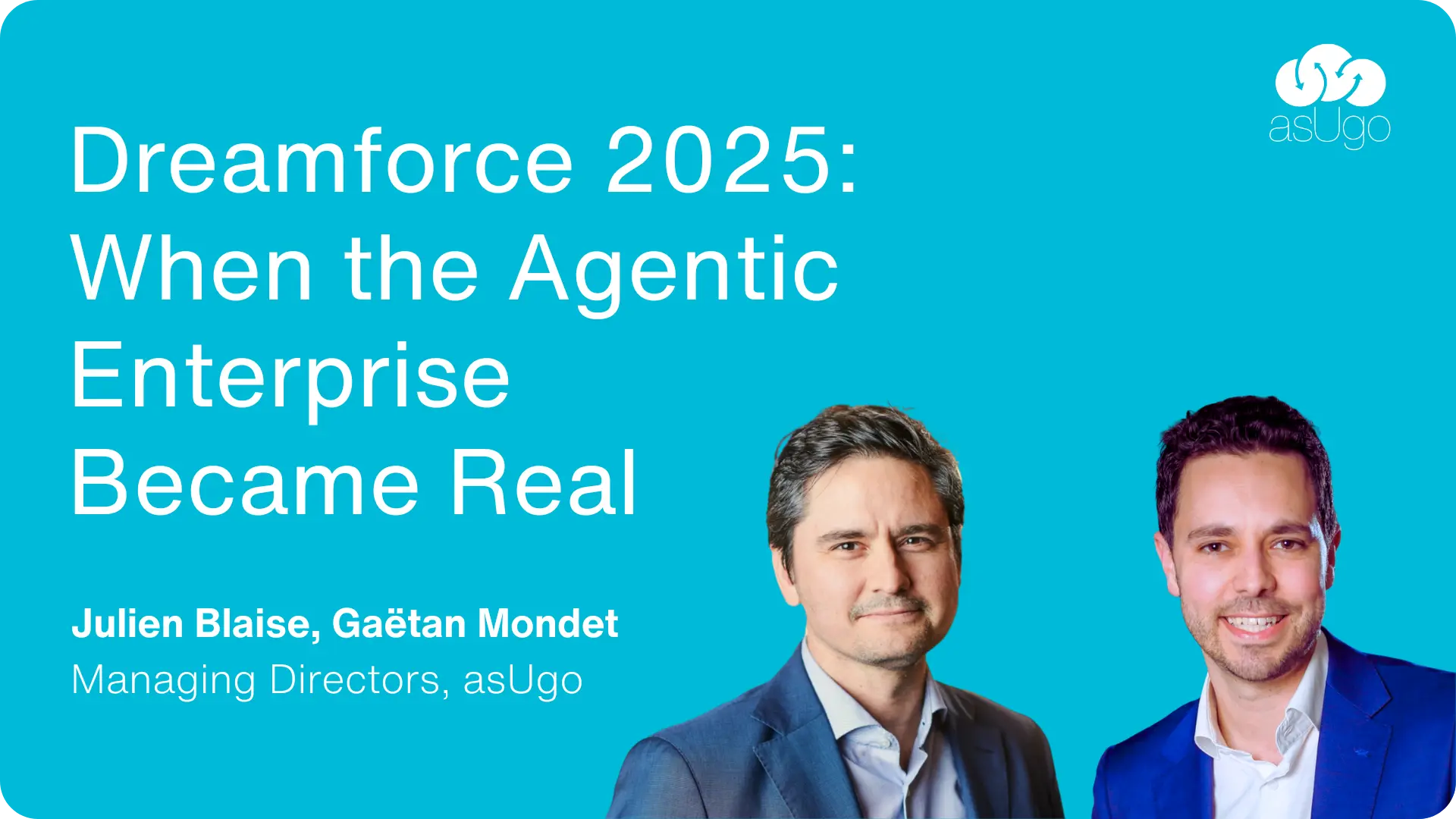
Introduction
Over the past year, the enterprise AI landscape has transformed from experimentation to execution. 2024 was a year of hype and disruption: thousands of pilots, endless demos, and a rush to prove generative AI could fit into business workflows. Beyond the hype, what really matters is figuring out how to turn impressive demos into real, lasting value.
2025 is giving us the answer. The market has entered its consolidation phase. Organizations are realizing that AI maturity isn’t about choosing the smartest model – it’s about building the right architecture: unified data foundations, governance frameworks, and orchestration layers that connect human intent with autonomous action. The players capable of bridging the gap between model and execution – between reasoning and responsibility – will define the next decade of enterprise software.
And that’s exactly what Salesforce positioned itself to do at Dreamforce 2025. The message was clear: Agentforce is no longer an idea; it’s an operating system for the agentic enterprise. From architecture to trust, Salesforce demonstrated how AI can transition from isolated copilots to fully integrated business agents, embedded across every workflow in Customer 360.
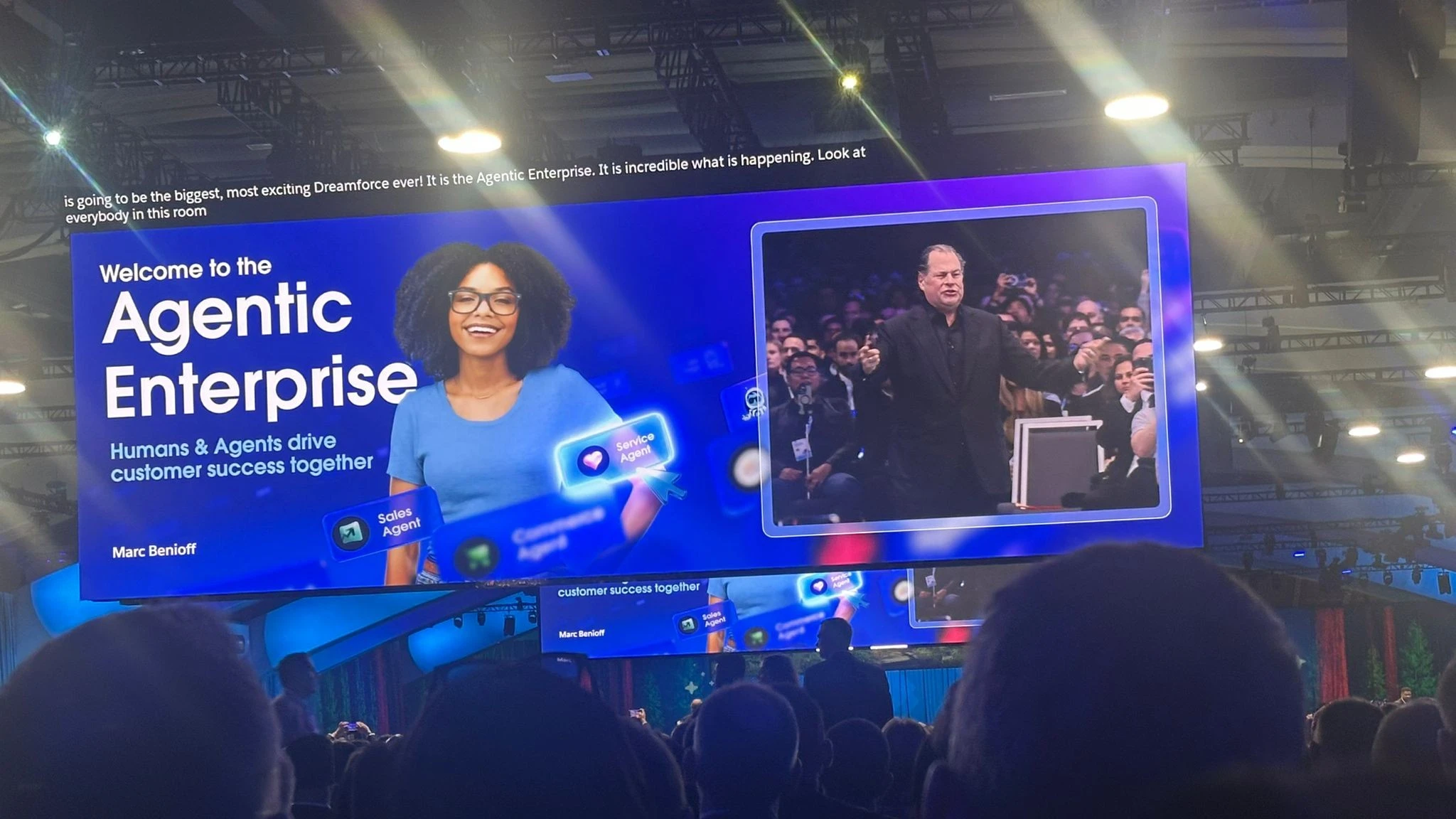
Agentforce: From Prototype to Production
Salesforce said that at the moment, they have 10,000 paying customers, up from just 3,000 at the start of the year, and aiming for 20,000 by year-end.
Agentforce adoption is growing fast, but the reality behind the scenes is nuanced: only ~10% of customers have agents running at scale. The rest are still in the pilot or proof-of-concept stage, a clear signal that data readiness, governance, and architecture remain the biggest barriers between ambition and impact.
Still, progress is undeniable. Agentforce’s top production use cases: customer support, internal IT/HR automation, and sales development – are already delivering measurable ROI. And the next wave? Industry-grade deployments in manufacturing, finance, and life sciences, from supply chain to clinical trial automation.
“This year’s Dreamforce was probably the most pragmatic we’ve seen in a long time. Beyond announcements and visions, we witnessed concrete returns of experience and real use cases across industries like Energy and Automotive, showing how AI and data are already reshaping operations at scale.”
Agentforce 360 is where reasoning meets reality
The biggest technical evolution came with Agentforce 360 (a.k.a. Agentforce 4) – Salesforce’s hybrid reasoning platform that marries deterministic logic with LLM adaptability.
At its heart is Atlas, a hybrid reasoning engine combining workflows and AI-driven reasoning. Guardrails, observability, and compliance dashboards make it enterprise-ready, which is critical for regulated industries
A few highlights we loved:
-
Agent Script: a new scripting language to design agent behavior.
-
Data 360 (ex-Data Cloud): now with Zero Copy collaboration and Tableau Semantics for consistent, contextual data understanding.
-
MuleSoft Agent Fabric: a unified orchestration layer to manage all agents regardless of vendor across the enterprise.
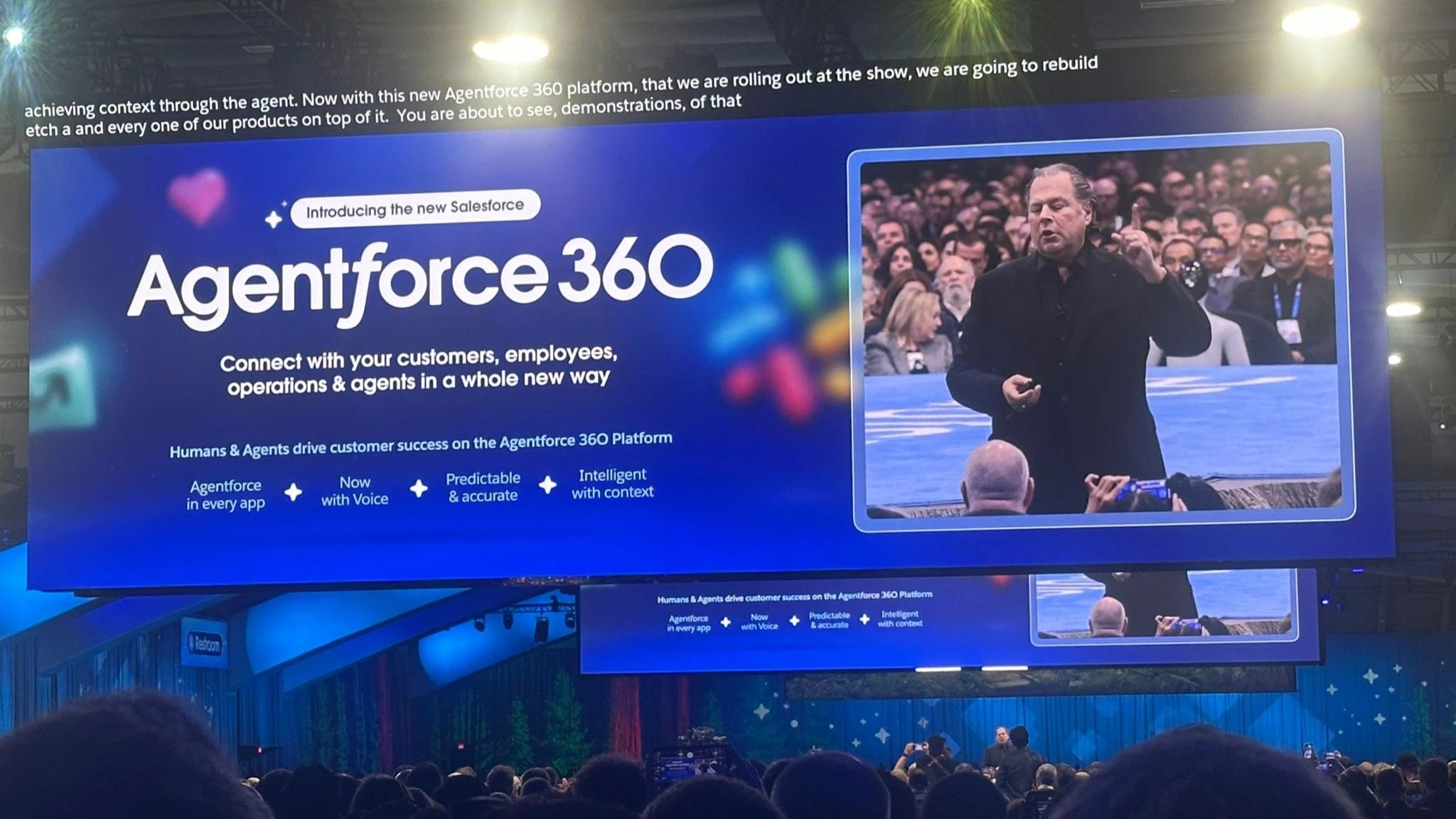
Voice is Back and It’s Smart
One of the crowd favorites: Agentforce Voice. Forget static IVRs – think natural, low-latency conversations, seamless human handoffs, and real-time CRM updates. With partners like Amazon Connect, Five9, and Genesys, the contact center is turning into the frontline of autonomous service.
Multi-Model, Multi-Partner, Multi-Choice
Salesforce’s strategy this year can be summed up in one phrase: no model monopoly. Agentforce 360 integrates OpenAI (GPT-5), Anthropic (Claude), and Google Gemini – each tailored to specific contexts: OpenAI for reasoning and multimodal tasks, Anthropic for regulated industries, and Google for native integration across Workspace and BigQuery. And yes, “Bring your own model” is still part of the DNA – ensuring interoperability and sovereignty stay at the core.
“This year, interoperability took center stage. The emergence of MCP (Model Context Protocol) and A2A (Agent-to-Agent) standards opened the door to multi-agent collaboration across platforms and models. Next to expanded partnerships with OpenAI (Salesforce data now accessible in ChatGPT), Anthropic (LLM development for regulated industries) and Google (Gemini now available in Agentforce) an important principle remains at the heart of the strategy: “Bring your own model”. This is, according to me, particularly important to guarantee hybrid architectures, including smaller models and European technologies. This allows every organization to choose an intelligence aligned with its data, its mission, and its values.”
Pricing Gets (a Little) Smarter
Consumption-based pricing was a major friction point in 2024; unpredictable bills made some customers hit the “off” switch mid-production. The solution? AELA – Agentic Enterprise License Agreements, offering unlimited usage across Agentforce, Data Cloud, and MuleSoft. It’s a bold move toward predictability – and a clear sign that Salesforce wants enterprises to scale without fear.
Trust and Governance Take Center Stage
Dreamforce 2025 made one thing clear: trust is the new speed. With the Agentforce Security and Privacy Centers, Salesforce is doubling down on AI observability, data protection, and compliance automation. New frameworks support GDPR, HIPAA, and SOC 2 – and tools like eVerse, the synthetic training platform, allow agents to learn in safe, simulated environments without touching real customer data.
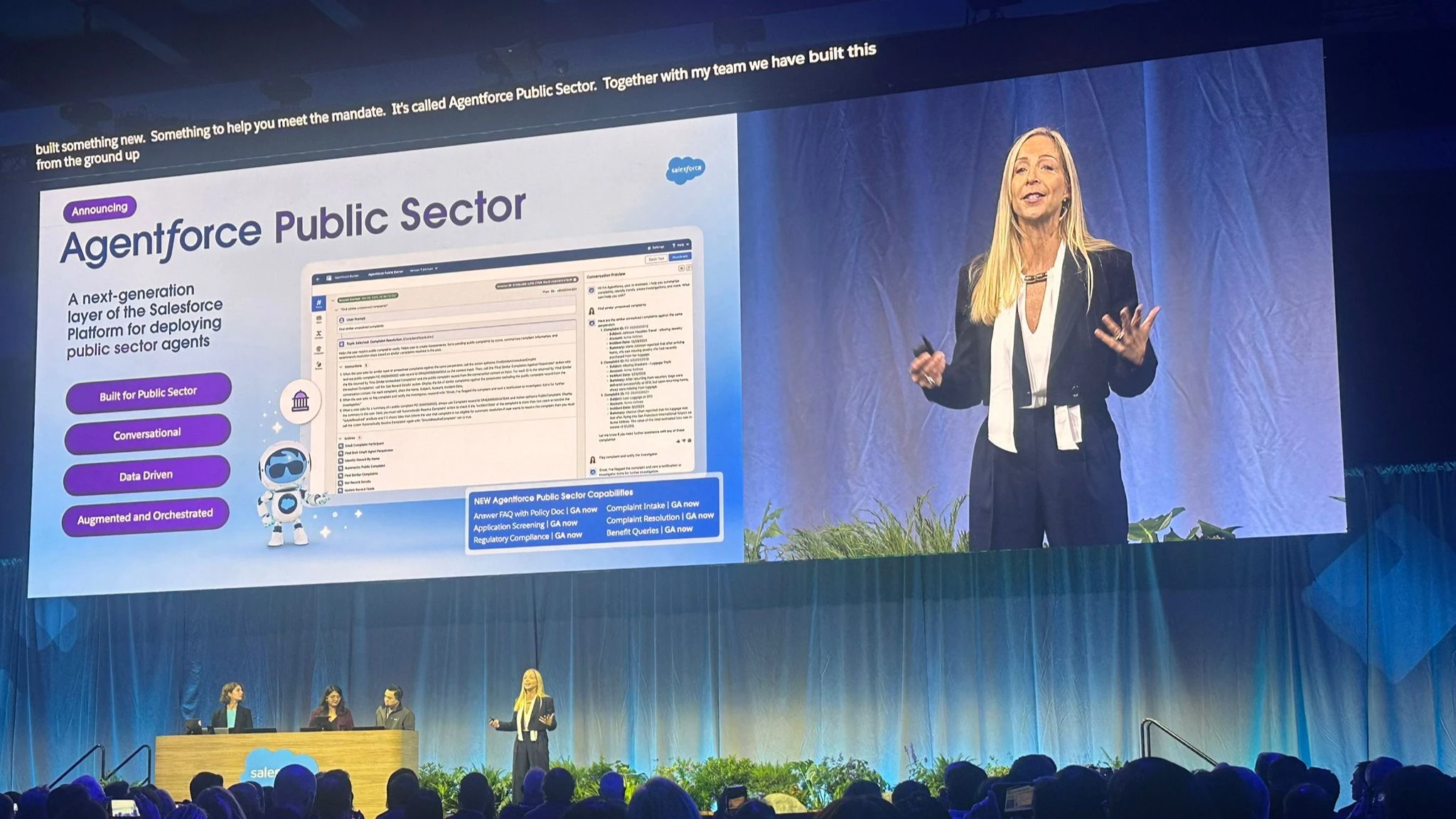
The Battle for the Enterprise Brain
Competitors aren’t sitting still. ServiceNow, Microsoft, and hyperscalers are all building orchestration layers and AI ecosystems of their own. But Salesforce’s strength remains its data, context, and customer workflows – the connective tissue of real enterprise operations. As partners, we share this belief: AI doesn’t replace SaaS; it evolves it. Or as Salesforce put it, “LLMs don’t always listen – workflows still matter.”
What’s Next: From Potential to Impact
2026 will be the year that separates experimentation from execution. Enterprises that get data readiness, governance, and orchestration right will lead the way — and partners who can accelerate that journey (👋 that’s us) will shape the next chapter.
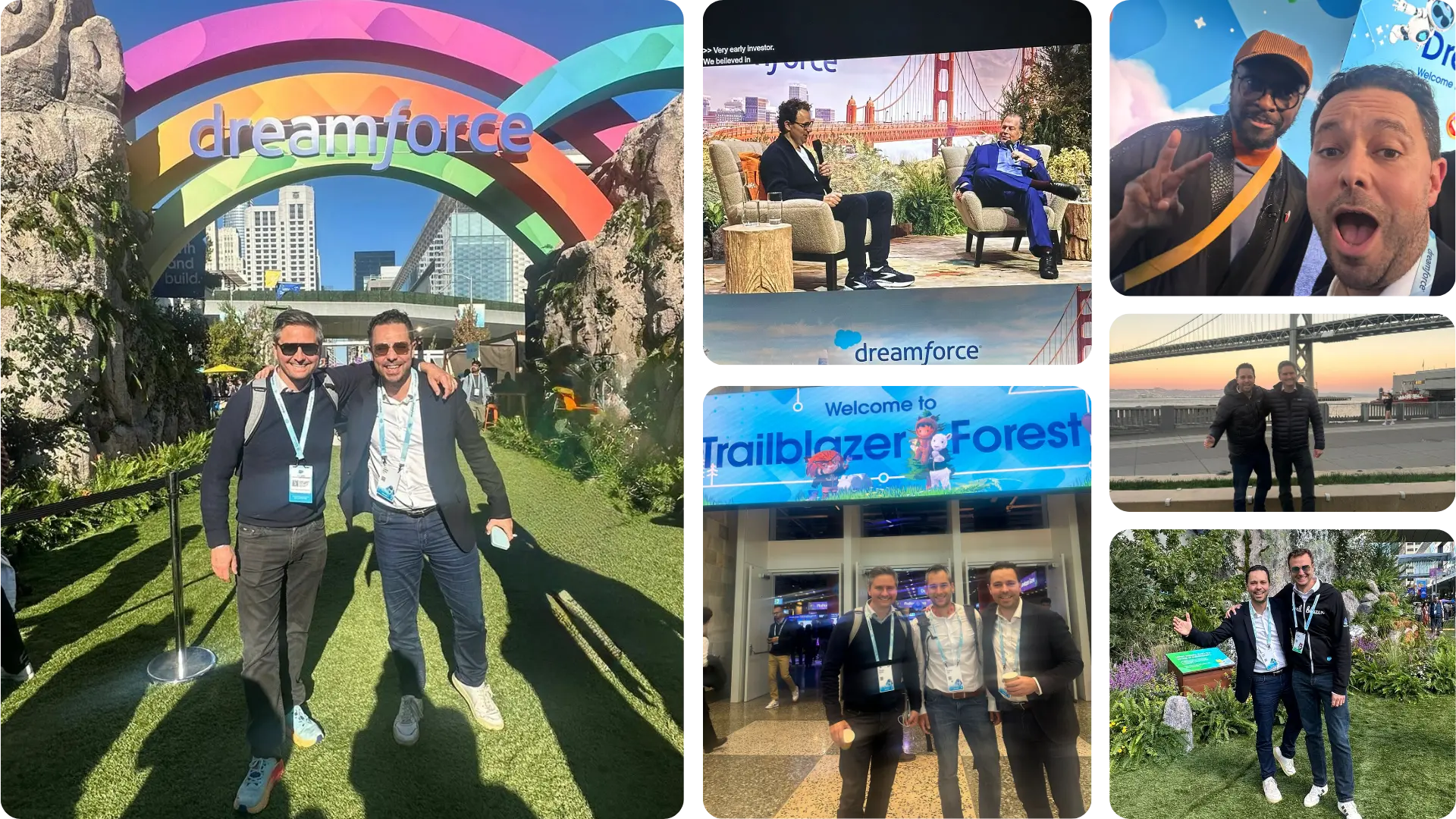
At asUgo, we’re already helping organizations design, govern, and operationalize their agentic strategies from Data Cloud to multi-agent orchestration and AI governance frameworks.
Because the Agentic Enterprise isn’t coming.
It’s here.
Authors: Julien Blaise, Gaëtan Mondet, Managing Directors, asUgo

